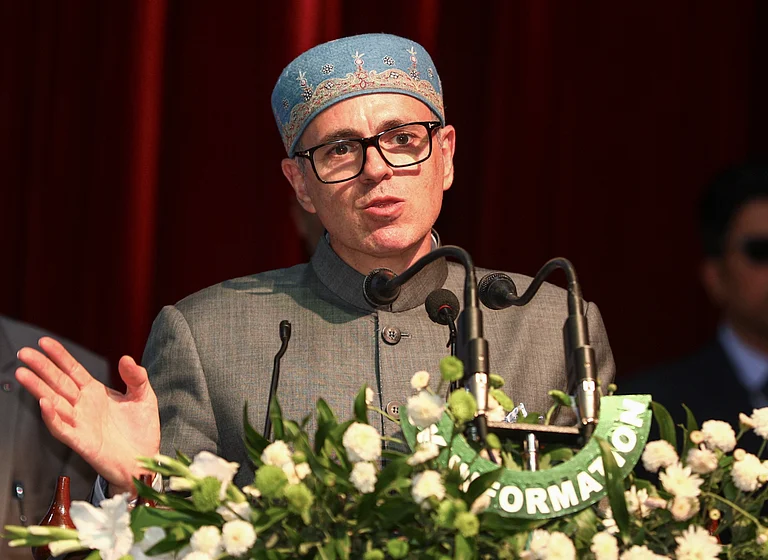Jammu and Kashmir is all set to hold Assembly elections after a decade-long hiatus. Jammu and Kashmir will hold elections to its 90-seat Legislative Assembly in three phases on September 18, 25 and October 1. Poll fervour has returned to the streets as people and political parties of the union territory await its autonomy to return. Statehood is one of the central campaign issues for the regional parties this year.
The last Assembly elections in the erstwhile state were held in 2014, before the region’s special status under Article 370 was revoked on August 5, 2019. The territory lost its statehood and was bifurcated into two Union Territories – Jammu and Kashmir and Ladakh.
Regional political parties in the fray this year include the Jammu & Kashmir National Conference (NC), the Jammu & Kashmir People’s Democratic Party (PDP), J&K People’s Conference’s (PC), J&K People’s Movement (JKPM) and J&K Apni Party. Among the national parties, the Congress has tied up with NC while the BJP is set to contest the polls solo.
PDP secured a 22.9-per-cent vote share, while the BJP had 23.2 per cent, NC 21 per cent and Congress 18.2 per cent.
With none of the parties securing a majority on their own, an unexpected post-poll coalition was witnessed between the People’s Democratic Party (PDP) and the Bharatiya Janata Party (BJP). Omar Abdullah of the NC resigned as Chief Minister and after a brief period of President’s Rule, the PDP-BJP coalition formed government.
The fractured mandate seen in 2014 was a continuation of the 2008 and 2002 poll results in Jammu and Kashmir.
In 2008, amid boycott calls and increased security, NC had won 28 seats and 23.1 per cent vote share, the highest that year. PDP secured 21 seats and 15.3 per cent vote share, followed by Congress and BJP with 17 (17.8% votes) and 11 seats (12.4% votes) respectively. NC formed an alliance with the Congress and Omar Abdullah became the Chief Minister.
In 2002, the NC emerged as the single-largest party with 28 seats, but fell short of majority. The PDP and Congress formed a post-poll alliance and formed the government with PDP's Mufti Mohammad Sayeed and Congress's Ghulam Nabi Azad serving as Chief Ministers for three years each. NC had secured the largest vote share of 28.2 per cent, whereas Congress had 24.2 per cent. PDP, which won 16 seats, had a vote share of 9.3 per cent.
This time, the PDP has refused to tie up with any party.
The upcoming polls are expected to be as competitive as in 2014. This time, the NC and Congress, both part of the INDIA bloc, have formalised a seat-sharing alliance in which NC will contest 51 seats and Congress 32 seats. One seat each has also been allotted to the CPI(M) and the Jammu and Kashmir National Panthers Party, also part of the alliance. PDP has fielded more than 40 contestants and is focusing on its strongholds in the Valley, where it is likely to face a tough fight from the NC.
The BJP is contesting 67 of the total 90 seats, according to reports, and it will focus on gaining in the Jammu region. In 2014, the BJP contested Assembly polls in more than 30 seats in the Valley but did not win even a single one. However, it secured 25 of the 33 seats in Jammu and forged an alliance with the PDP, which eventually ended in 2018.
Apart from the main players, other noteworthy contestants in the poll fray include Sajjad Lone’s J&K People’s Conference (PC), ex-Congress veteran Ghulam Nabi Azad’s Democratic Progressive Azad Party (DPAP) and Altaf Bukhari’s J&K Apni Party.
In 2014, elections were conducted for 87 seats and despite multiple calls for boycott, voters turned up in record-high numbers. The total voter percentage was recorded at 65 per cent.




























